Table of content
Abalone, a prized marine mollusk revered globally for its delicate flavor and luxurious texture, has long been a centerpiece of gourmet cuisine. Found in oceans worldwide, this sea snail is celebrated in dishes ranging from sushi to stews, yet a persistent question lingers among home cooks and professional chefs alike: Can abalone be braised in its shell, and if so, how does this method influence the final dish? This article delves into the culinary, cultural, and scientific dimensions of braising abalone while preserving its natural casing, offering insights into technique, flavor development, and practical considerations.
The Anatomy of Abalone and Its Role in Cooking
Before addressing the braising process, it is essential to understand the abalone’s structure. The animal resides within a sturdy, iridescent shell lined with a muscular “foot”—the edible portion. The shell itself is composed of calcium carbonate and serves as both protection and a canvas for marine life, often encrusted with barnacles and algae. When harvested, the abalone is typically removed from its shell, cleaned, and tenderized before cooking. However, retaining the shell during cooking introduces a layer of complexity to the dish, blending culinary tradition with experimental gastronomy.
Traditional vs. Innovative Approaches to Abalone Preparation
In many Asian cuisines, particularly Chinese and Japanese, abalone is prized for its chewy yet tender texture. Traditional preparations often involve simmering the meat in broths enhanced with soy sauce, mirin, or kombu to impart umami depth. The shell, while symbolic in some cultural contexts (e.g., as a serving vessel in sushi presentations), is rarely used during cooking. Conversely, Western chefs have begun experimenting with cooking abalone en vapeur or grilling it directly on the shell, arguing that the calcium-rich casing enhances flavor through controlled heat distribution.
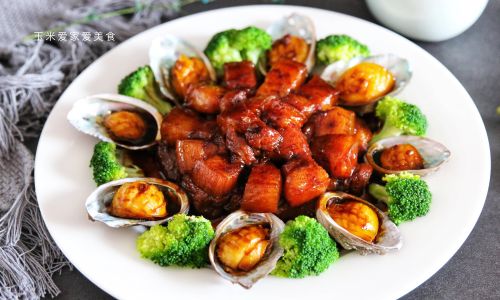
Braising, a moist-heat cooking method that combines simmering and stewing, presents a unique opportunity to merge these approaches. By retaining the shell, cooks aim to lock in moisture, infuse the meat with subtle mineral notes, and create a visually striking presentation. However, this method is not without challenges. The shell’s density can prolong cooking times, and improper handling may result in uneven tenderness or a metallic aftertaste.
The Science of Braising in the Shell
Braising relies on low, steady heat to break down tough connective tissues in meat, transforming them into gelatin for a melt-in-the-mouth texture. When abalone is cooked in its shell, the calcium carbonate acts as a heat conductor, distributing warmth evenly across the meat. This process may theoretically accelerate tenderization, as the shell retains heat longer than metal or ceramic cookware. Additionally, the shell’s porous surface could allow trace minerals to leach into the braising liquid, subtly altering the flavor profile.
However, scientific studies on this phenomenon are limited. Some chefs argue that any mineral contribution is negligible compared to the braising liquid’s ingredients, such as wine, stock, or aromatics. Others insist that the shell imparts a distinct “brininess” reminiscent of the ocean, enhancing the dish’s authenticity.
Step-by-Step Guide to Braising Abalone in Its Shell
For those eager to experiment, here’s a detailed method to braise abalone while preserving its shell:
Sourcing and Cleaning
- Selection: Opt for fresh or frozen abalone (preferably 6–8 inches in diameter). Smaller specimens may overcook quickly, while larger ones require extended braising.
- Cleaning:
- Scrub the exterior shell with a stiff brush to remove debris.
- Detach the meat from the shell using a spoon, retaining the shell for cooking.
- Trim the dark visceral mass and any tough edges from the foot.
- Lightly pound the meat with a meat mallet to tenderize (avoid over-pounding, which can shred the flesh).
Preparing the Braising Liquid
A robust liquid is critical to balancing the abalone’s brininess. A classic mixture includes:
- 2 cups dashi or fish stock
- ½ cup sake or dry white wine
- ¼ cup soy sauce
- 2 tbsp mirin
- 1 tbsp sugar
- 3 garlic cloves, smashed
- 1-inch ginger, sliced
- 1 star anise (optional)
Braising Process
- Preheat the Oven: To 300°F (150°C).
- Sear the Abalone: Heat a neutral oil in a skillet. Sear the meat for 1–2 minutes per side until lightly caramelized.
- Assemble: Return the abalone to its cleaned shell. Pour the braising liquid over the meat, ensuring it’s submerged but not overflowing.
- Cover and Braise: Seal the shell with aluminum foil or a lid. Braise for 2–3 hours, basting occasionally.
- Finish: Remove from the oven. Reduce the braising liquid on the stovetop until thickened, then glaze the abalone.
Serving Suggestions
- Plate the abalone in its shell for a rustic presentation.
- Pair with sautéed vegetables, steamed rice, or a crisp salad.
- Drizzle with reduced braising liquid and garnish with microgreens.
Debating the Merits: Flavor, Texture, and Aesthetics
Advocates of shell-on braising highlight two primary benefits:
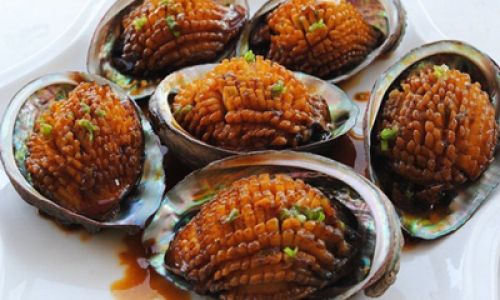
- Enhanced Flavor: The shell’s minerals and residual seawater may add depth, though this is subjective.
- Theatrical Presentation: Serving abalone in its shell elevates the dining experience, evoking a sense of occasion.
Critics, however, caution against potential drawbacks:
- Texture Risks: Overcooking can render the meat rubbery, as the shell insulates heat unevenly.
- Labor Intensity: Cleaning and preparing the shell demands extra effort.
- Taste Neutrality: Some tasters detect no discernible difference compared to shell-off methods.
Cultural Perspectives: Symbolism and Sustainability
In Indigenous Australian and Māori cultures, abalone (or pāua) holds spiritual significance, with the shell often used in ceremonial art. Retaining the shell during cooking can be seen as a nod to these traditions, honoring the animal’s life cycle.
From a sustainability standpoint, cooking with the shell aligns with “nose-to-tail” ethics, minimizing waste. However, overharvesting remains a concern; diners should prioritize farmed or responsibly sourced abalone.
Alternative Cooking Methods: A Comparative Analysis
For context, here’s how braising in the shell compares to other techniques:
| Method | Texture | Flavor Profile | Prep Time | Shell Usage |
|---|---|---|---|---|
| Braising (Shell-On) | Tender, gelatinous | Subtle mineral notes | 3+ hours | Yes |
| Grilling | Charred, chewy | Smoky, caramelized | 30 mins | Optional |
| Steaming | Delicate, springy | Clean, briny | 20 mins | No |
| Sashimi | Raw, firm | Sweet, oceanic | 10 mins | No |
Expert Opinions and Modern Adaptations
Renowned chefs have weighed in on the debate. Chef Jiro Ono of Sukiyabashi Jiro famously serves abalone sushi without the shell, arguing that “purity of flavor” supersedes presentation. Conversely, Chef René Redzepi of Noma has experimented with fermented abalone shells, using them as flavor-enhancing vessels for seaweed butters.
Home cooks seeking innovation might explore hybrid techniques: briefly searing the abalone in its shell to develop a crust, then finishing it in a flavorful broth.

Troubleshooting Common Challenges
- Tough Meat: Ensure thorough tenderizing before braising.
- Metallic Taste: Avoid aluminum foil; use parchment paper instead.
- Uneven Cooking: Rotate the shell halfway through braising.
- Excessive Saltiness: Rinse the abalone after cleaning to remove brine.
The Verdict: To Shell or Not to Shell?
The answer hinges on priorities. For those valuing tradition, aesthetics, and a hands-on cooking experience, braising abalone in its shell is a rewarding endeavor. However, chefs prioritizing efficiency and consistency may prefer shell-off methods.
Ultimately, the shell serves as both a culinary tool and a canvas for creativity. Whether you embrace it as a flavor conductor or discard it for practicality, the abalone’s humble casing invites reflection on the intersection of food, culture, and craft.
Conclusion: A Dish Steeped in History and Innovation
Braising abalone in its shell is more than a cooking technique—it’s a conversation starter, a bridge between ancestral wisdom and modern gastronomy. While debates over its merits persist, one truth remains: the abalone, whether nestled in its armor or freed from it, continues to captivate palates and inspire culinary exploration. As sustainable practices evolve and chefs push boundaries, this ancient mollusk will undoubtedly remain a symbol of oceanic abundance and human ingenuity. So, the next time you encounter an abalone, consider its shell not as a barrier, but as an invitation to reimagine the art of cooking.
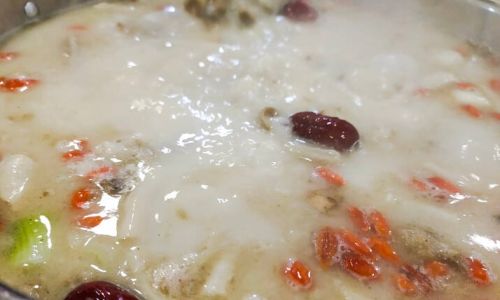

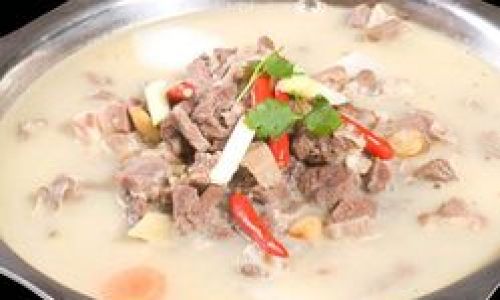
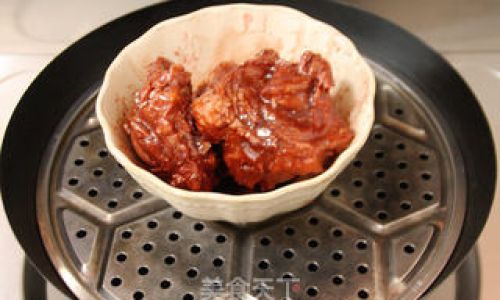
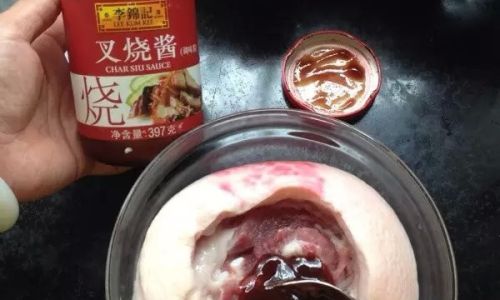
0 comments